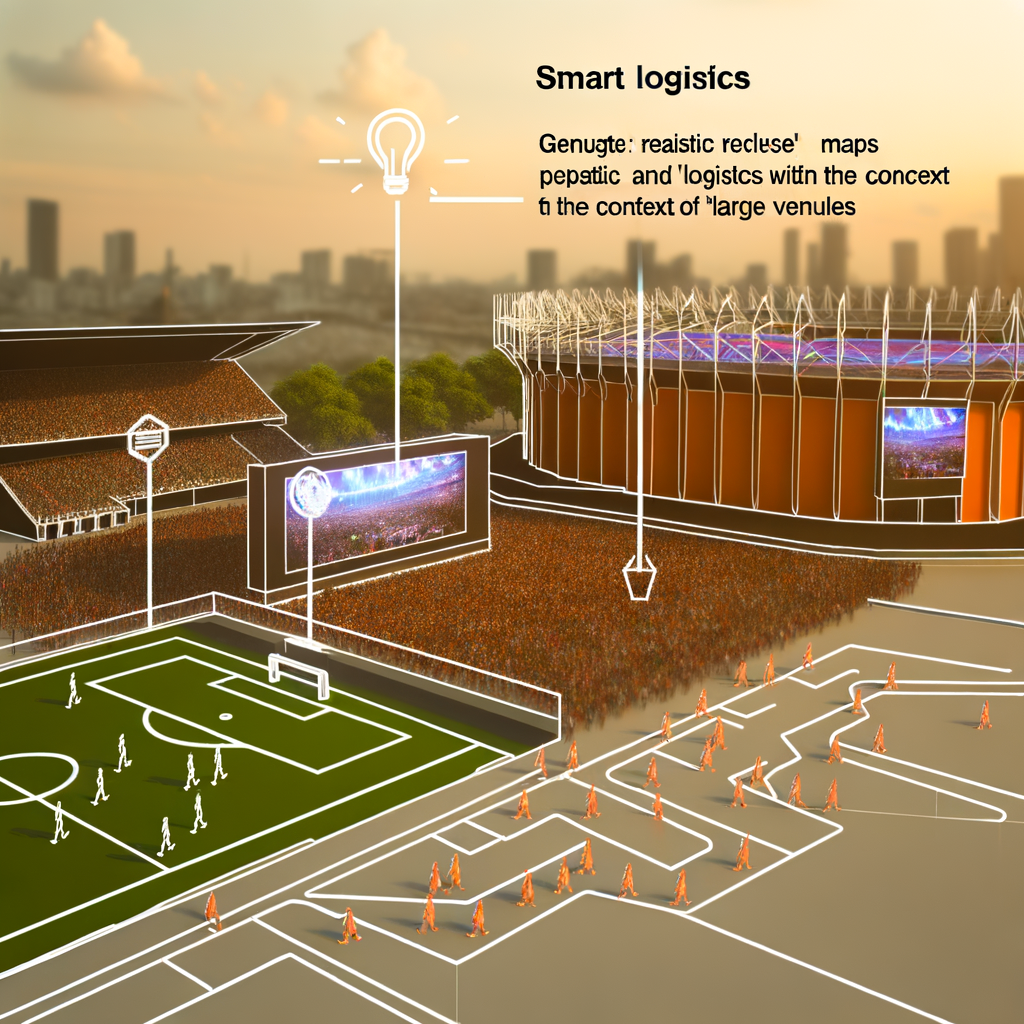Imagine you’re a manager at a bustling shopping mall. You know the challenges. Visitors wander about looking for their favorite store, or perhaps a restroom, often stopping to ask questions. Meanwhile, you’re under constant pressure to optimize foot traffic, improve customer satisfaction, and ultimately increase sales. It’s a juggling act where efficiency is key, and that’s where Smart Maps come into play.
So, what’s in it for you? Picture a map that not only knows where things are but can interact with the electronic kiosks and eSignage across your venue. These smart systems aren’t just showing static info—they’re dynamically responding to what’s happening right now in your mall. Let’s say there’s a sudden influx of people drawn to a pop-up event. Your Smart Maps can update kiosks and signage in real-time, providing directions and highlighting alternative routes to prevent bottlenecks and improve overall visitor experience.
For eSignage companies, Smart Maps offer the ability to enhance the interactivity and relevance of displayed information. Instead of simply advertising or providing a venue map, signage can react proactively. Imagine a digital sign showing promotions based on the actual path a user is taking or the stores they’re near. It becomes an interactive companion rather than just stationary signage.
Electronic kiosks embedded with Smart Maps go beyond being simple guides. These could now become powerful touchpoints that respond to individual visitor needs, maybe even tailoring suggestions based on previous interactions or navigating them to quieter areas if they’re seeking tranquility during peak hours. For kiosk companies, offering this level of personalization signifies a step into becoming central to the visitor’s journey rather than merely part of the infrastructure.
Mall managers, you’ll appreciate the real-time data analytics that Smart Maps bring. Understanding the flow of customers—and adjusting accordingly—is priceless. You can see which areas of the mall are drawing traffic and which aren’t, enabling you to take actionable steps like directing more foot traffic to quieter zones or tailoring marketing strategies based on live data. This is about as cutting-edge as logistics gets without needing a crystal ball.
Let’s not forget the environmental implications. With optimized traffic flow, not only is customer satisfaction increased, but the operational efficiency has a quieter environmental footprint. By directing crowds and better managing logistics, there’s potential to reduce the energy expenditure of the mall.
Ultimately, embracing Smart Maps means elevating the whole customer journey to something that’s more synchronized, personalized, and efficient. It’s about providing a seamless, engaging experience that not just meets but anticipates visitors’ needs. For businesses, it translates to smarter operations, higher engagement rates, and potentially increased revenue.
So, whether you’re running a sprawling shopping center or innovating within the eSignage sphere, Smart Maps represent an exciting frontier. It’s about saying goodbye to outdated logistical nightmares and hello to a smarter, streamlined approach. Let’s make navigation not just a walk in the park, but a strategically optimized journey in the mall.
Thanks for reading—and here’s to smarter, more connected spaces!




